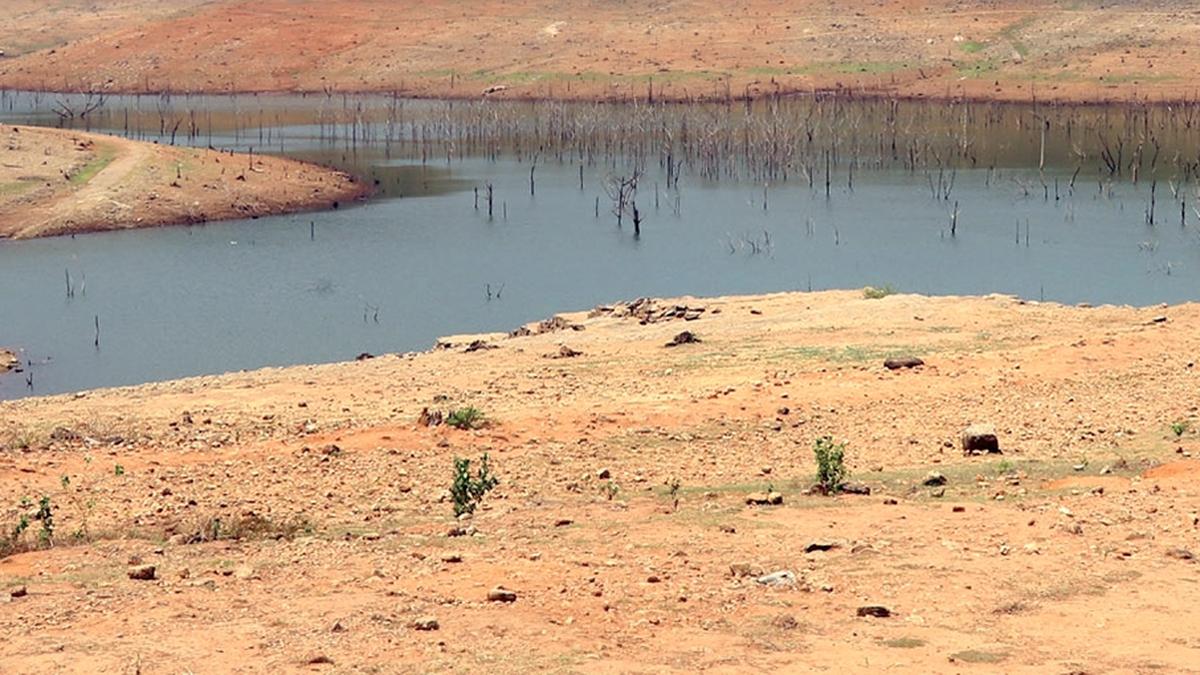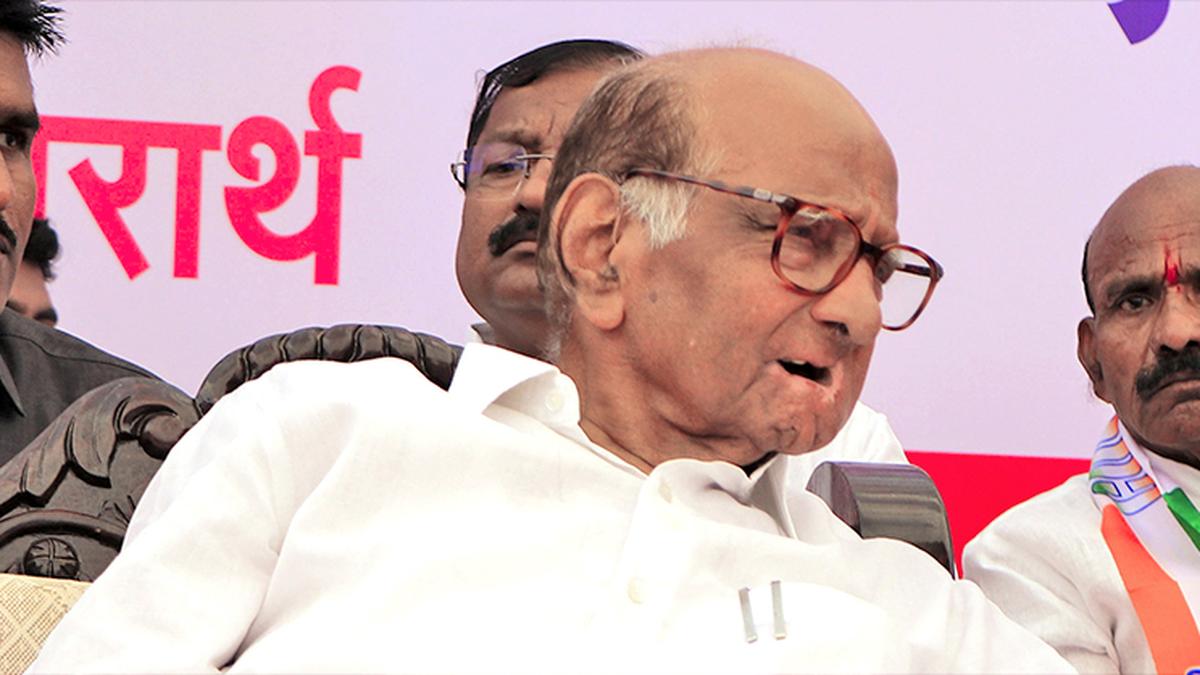The water level in the Chimmony reservoir in Kerala is precariously low with summer rain giving a deficient run across the State. The storage capacity in the southern region is at just 15% of the total live storage capacity in reservoirs. This is below the average of the last 10 years during the same period, according to data from the Central Water Commission (CWC). The reservoir capacity in the southern region dropped from 17% to 16% last week. Nationally, out of 150 monitored reservoirs, the total live storage capacity is 178.784 billion cubic metres (BCM), which is approximately 69.35% of the estimated capacity created across India. However, the current live storage available in these reservoirs is only 27%, down from 36% recorded last year and the 10-year average of 32%. The bulletin from the CWC highlights that the current live storage is only 79% of last year’s levels and 92% of the 10-year average for the corresponding period. The southern region, encompassing Andhra Pradesh, Telangana, Karnataka, Kerala, and Tamil Nadu, has been severely impacted, with reservoirs operating at just 15% of their total capacity. Last year, the storage during the same period was 27%, and the 10-year average was 21% of the live storage capacity. Similarly, other regions like northern, eastern, and western India are also experiencing a decline in storage levels compared to last year and the 10-year average. The central region, comprising Uttar Pradesh, Uttarakhand, Madhya Pradesh, and Chhattisgarh, is facing comparatively less scarcity with storage levels at 35% of the total live storage capacity. The severe water scarcity in Southern India poses a significant challenge for the availability of drinking water, highlighting the need for effective water management and conservation measures.
Southern India Grapples with Severe Water Scarcity as Reservoir Levels Plummet

-
Uncategorized










